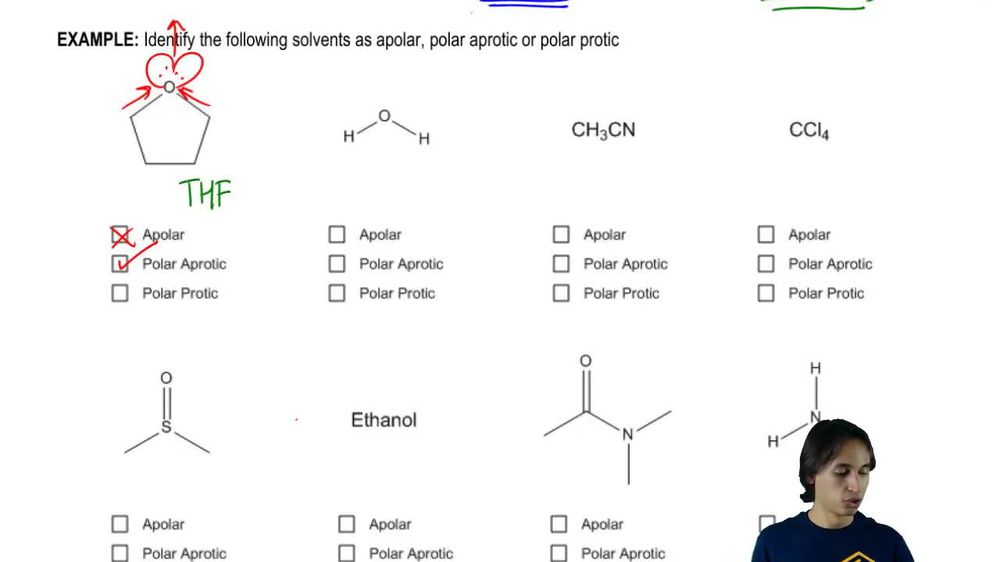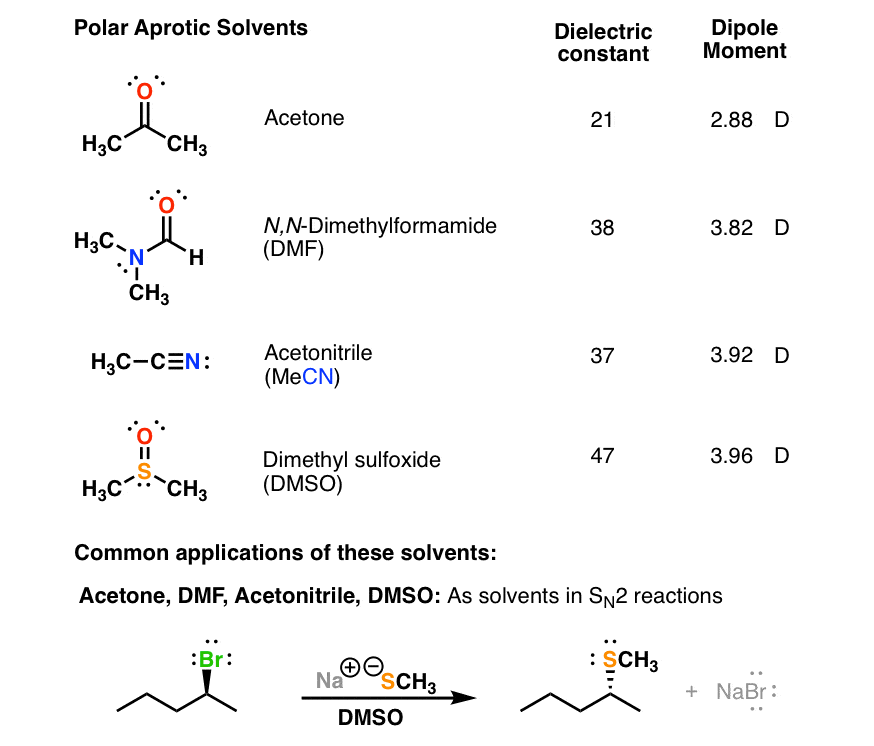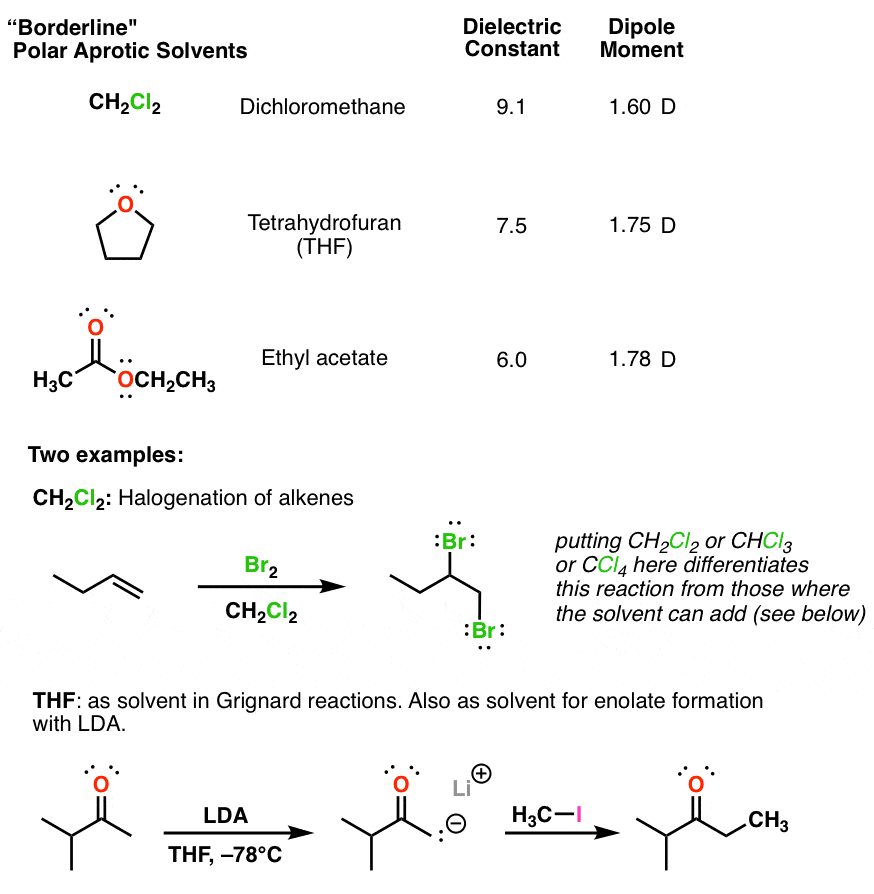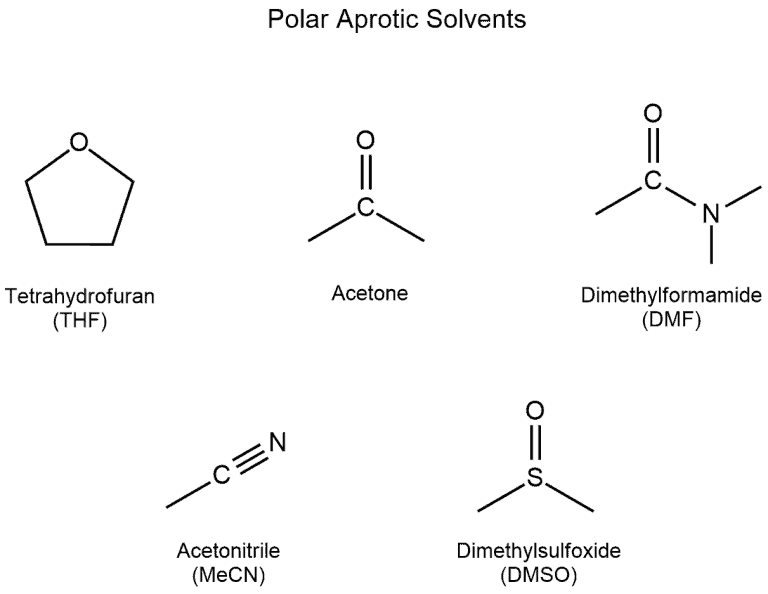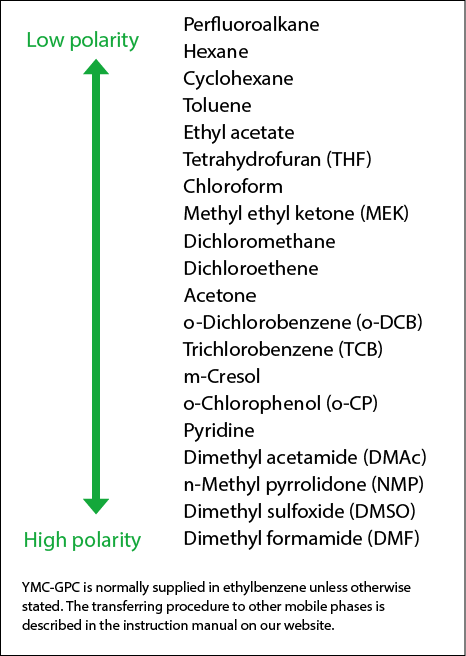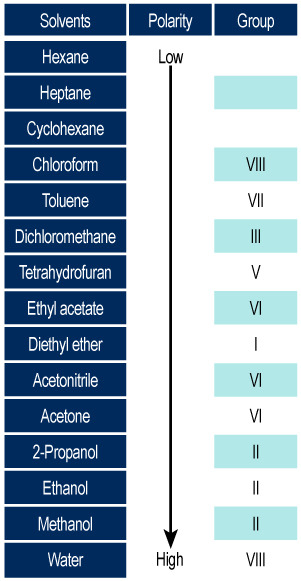
SOLVED: Determine the solvent polarity index for the following HPLC mobile phases A list of solvent polarities for various liquids can be found here carbon tetrachloride Number P= 35.0% tetrahydrofuran:65.0% dioxane Number

Electron Presolvation in Tetrahydrofuran-Incorporated Supramolecular Sodium Entities | The Journal of Physical Chemistry A

Hot Sale Industrial Grade Tetrahydrofuran 99.9% Thf CAS 109-99-9 - China Tetrahydrofuran, Thf | Made-in-China.com
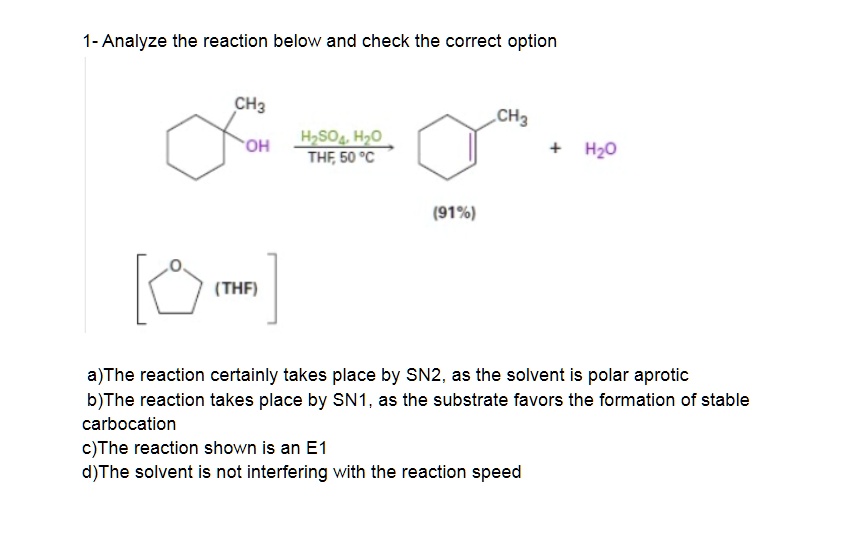
SOLVED: 1- Analyze the reaction below and check the correct option CHa CH3 OH HaSO4Ho THF 50*C Hzo (91%) (THF) a)The reaction certainly takes place by SN2, as the solvent is polar

Table 1 from Application of Electron Paramagnetic Resonance Spectroscopy for Validation of the Novel (AN+DN) Solvent Polarity Scale | Semantic Scholar


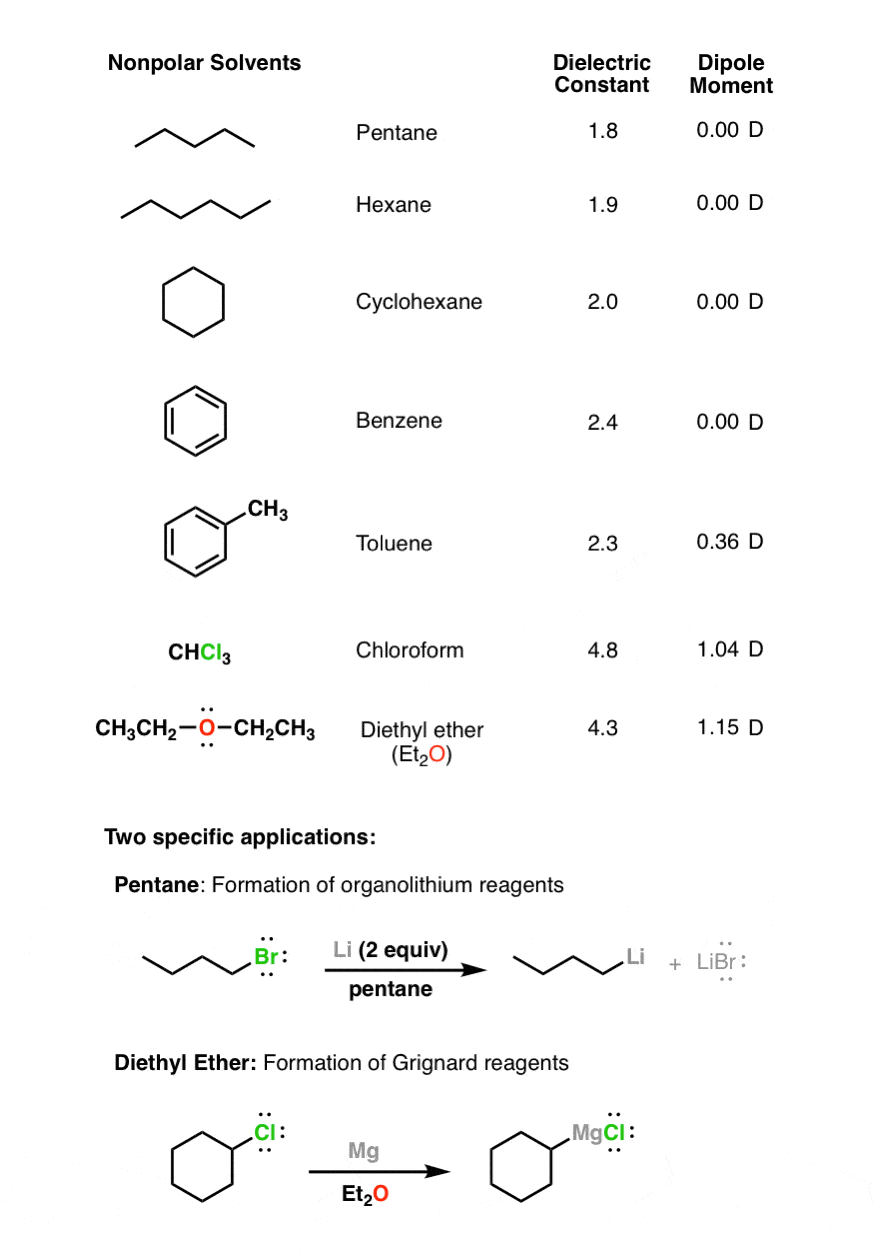

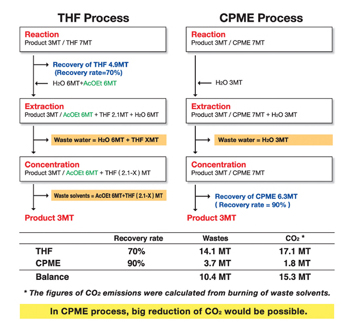

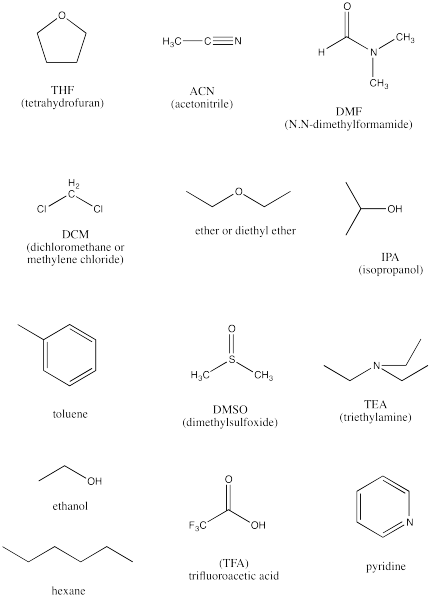



![Polarity values (literature data according to Ref. [18]). | Download Table Polarity values (literature data according to Ref. [18]). | Download Table](https://www.researchgate.net/publication/38014625/figure/tbl2/AS:668899632742421@1536489508874/Polarity-values-literature-data-according-to-Ref-18.png)

